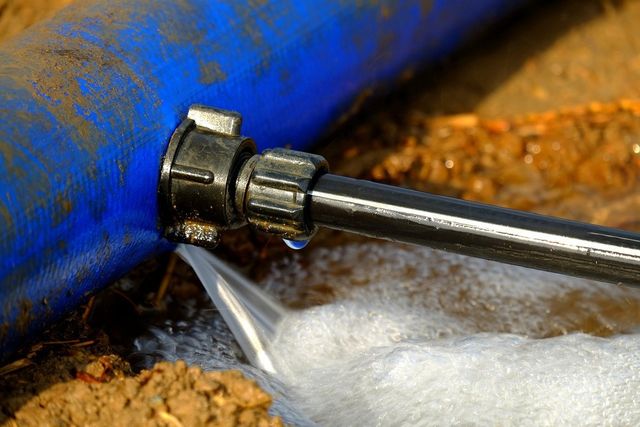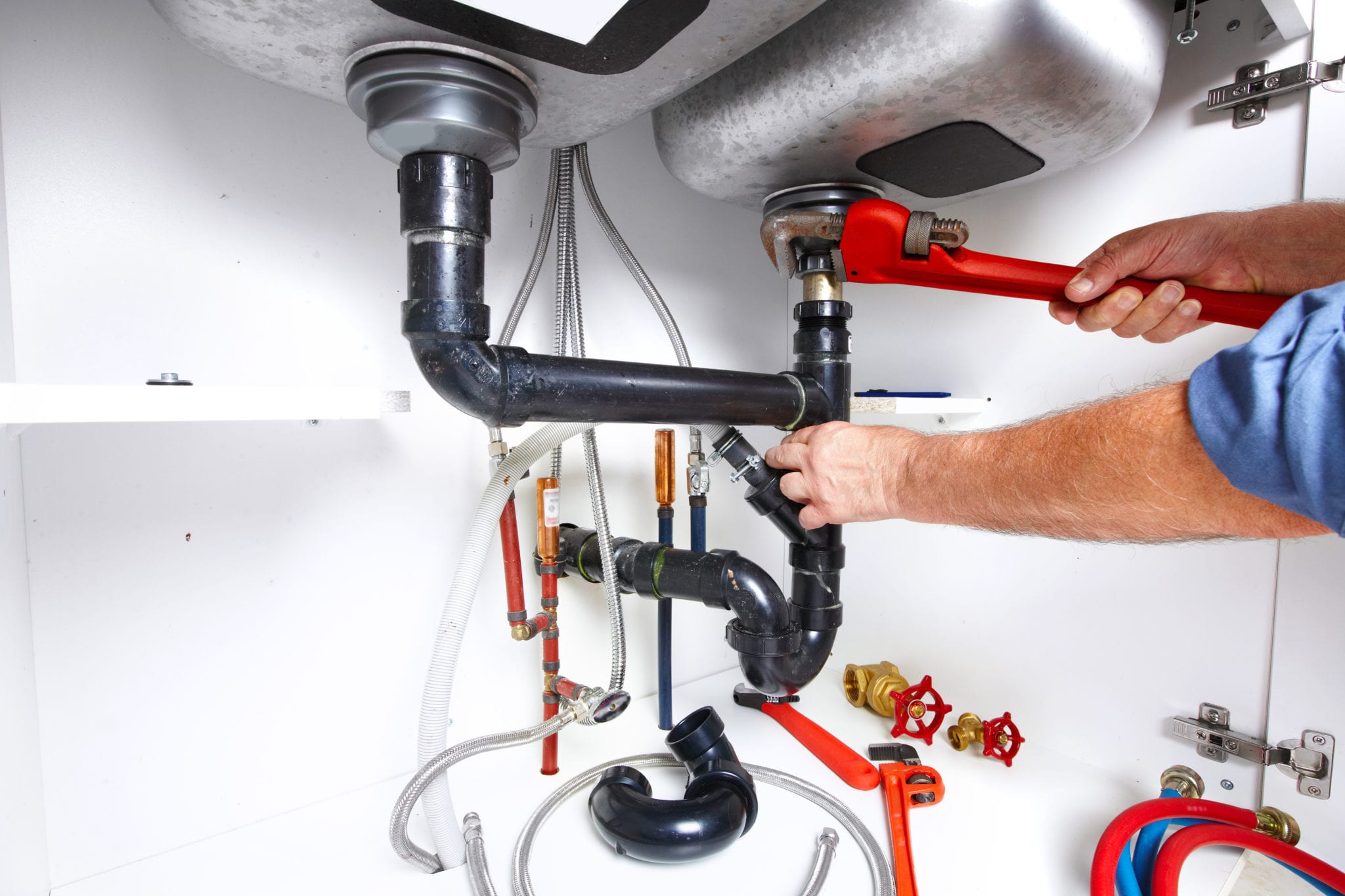Just how to Inspect If Your Residence Has a Concealed Leakage
Just how to Inspect If Your Residence Has a Concealed Leakage
Blog Article
We have stumbled on this article relating to Top leak detection hacks below on the internet and felt it made perfect sense to relate it with you over here.

Early detection of dripping water lines can minimize a prospective catastrophe. Aside from conserving you money, it will minimize the irritation and frustration. The moment you locate a leak, calling your plumber for repair work is the most effective service. However, some little water leakages may not be visible. Right here are some hacks that help if you can not identify it with your nude eyes.
1. Take A Look At the Water Meter
Every home has a water meter. Examining it is a guaranteed manner in which aids you uncover leaks. For starters, turn off all the water sources. Make sure nobody will certainly purge, make use of the tap, shower, run the cleaning device or dishwasher. From there, go to the meter and also watch if it will certainly change. Given that nobody is utilizing it, there must be no activities. That indicates a fast-moving leak if it relocates. If you spot no changes, wait an hour or 2 and also inspect back again. This means you may have a slow leak that might also be below ground.
2. Inspect Water Consumption
If you identify abrupt adjustments, regardless of your usage being the exact same, it suggests that you have leakages in your plumbing system. A sudden spike in your expense indicates a fast-moving leakage.
A constant increase every month, also with the same routines, reveals you have a slow-moving leak that's also gradually escalating. Call a plumber to thoroughly inspect your home, particularly if you really feel a warm location on your floor with piping below.
3. Do a Food Coloring Test
When it comes to water usage, 30% comes from bathrooms. If the shade somehow infiltrates your dish throughout that time without flushing, there's a leak between the tank and bowl.
4. Asses Exterior Lines
Do not fail to remember to check your outside water lines as well. Test spigots by connecting a garden pipe. Ought to water permeate out of the connection, you have a loose rubber gasket. Change this and guarantee all connections are tight. If you've obtained an automatic sprinkler, it will help get it expertly took a look at and also maintained every year. One little leakage can squander lots of water as well as spike your water costs.
5. Evaluate and Analyze the Scenario
Homeowners need to make it a behavior to check under the sink counters as well as also inside cupboards for any kind of bad odor or mold and mildew growth. These two red flags indicate a leakage so prompt interest is required. Doing routine assessments, also bi-annually, can conserve you from a major trouble.
Inspect for stainings and compromising as the majority of pipes and home appliances have a life span. If you presume dripping water lines in your plumbing system, do not wait for it to intensify.
Early discovery of dripping water lines can mitigate a possible disaster. Some small water leaks may not be noticeable. Checking it is a surefire way that aids you uncover leaks. One small leakage can waste loads of water and also surge your water costs.
If you presume leaking water lines in your plumbing system, do not wait for it to intensify.
WARNING SIGNS OF WATER LEAKAGE BEHIND THE WALL
PERSISTENT MUSTY ODORS
As water slowly drips from a leaky pipe inside the wall, flooring and sheetrock stay damp and develop an odor similar to wet cardboard. It generates a musty smell that can help you find hidden leaks.
MOLD IN UNUSUAL AREAS
Mold usually grows in wet areas like kitchens, baths and laundry rooms. If you spot the stuff on walls or baseboards in other rooms of the house, it’s a good indicator of undetected water leaks.
STAINS THAT GROW
When mold thrives around a leaky pipe, it sometimes takes hold on the inside surface of the affected wall. A growing stain on otherwise clean sheetrock is often your sign of a hidden plumbing problem.
PEELING OR BUBBLING WALLPAPER / PAINT
This clue is easy to miss in rooms that don’t get much use. When you see wallpaper separating along seams or paint bubbling or flaking off the wall, blame sheetrock that stays wet because of an undetected leak.
BUCKLED CEILINGS AND STAINED FLOORS
If ceilings or floors in bathrooms, kitchens or laundry areas develop structural problems, don’t rule out constant damp inside the walls. Wet sheetrock can affect adjacent framing, flooring and ceilings.
https://www.servicemasterbyzaba.com/blog/how-to-detect-water-leakage-in-walls/

Do you enjoy reading about Locating water leaks? Put feedback below. We'd be glad to listen to your feelings about this entry. Hoping to see you back again later on. Appreciated our content? Please share it. Help somebody else locate it. I treasure reading our article about Finding hidden leaks.
Report this page